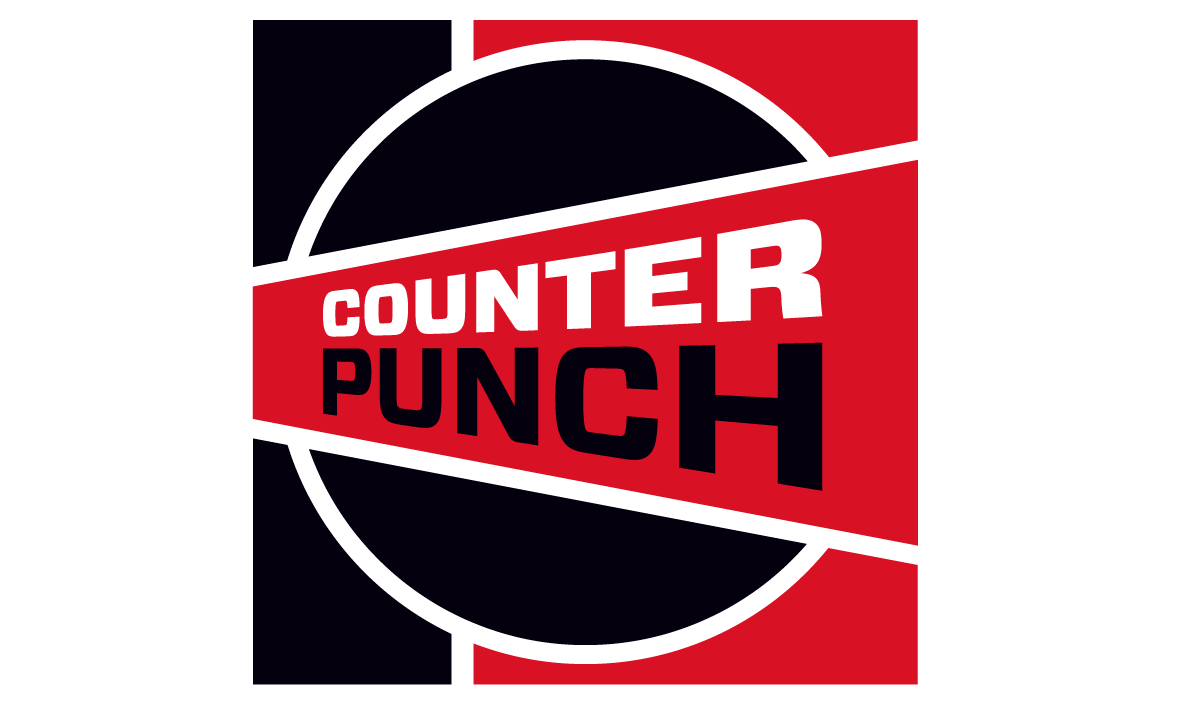Wild bison have been hunted since time immemorial. They’re the aboriginal food source for Indigenous Tribes. Hunting bison is considered an inherent right, the preservation of which was the primary motivation for Tribes to enter treaties, due to the centrality of the buffalo to Tribal identity, culture, and diet. But that spiritual relationship was then violently denied by gold-fevered genocide, followed by locking Tribes out of Yellowstone National Park.

It’s time to end the practice of sending wild Yellowstone bison, our National Mammal, to slaughterhouses for rendering.
Slaughterhouses are barbaric even where cows are concerned. According to a 2021 poll, 49% of Americans are in favor of banning slaughterhouses entirely.
Here’s what typically happens to cows in a slaughterhouse:
As the slaughter process begins, livestock are restrained in a chute that limits physical movement of the animal. Once restrained, the animal is stunned. Mechanical stunning involves firing a bolt through the skull of the animal. Electrical stunning passes a current of electricity through the brain. CO2 stunning exposes the animal to deadly gas… After stunning, the animals are hung by their legs on a pulley… (t)heir throats are cut… and they die from blood loss…
Given the intentional genocidal history of bison extermination, central to the genocide of Native Americans, how ironic is it that we are still capable of treating the American Buffalo like factory-farmed livestock.
To its credit, the Park Service has recently begun righting this historic wrong. But there’s still much more that needs to be done.
When historic traumas like genocide are not resolved, the perpetrators tend to act them out in other ways, knowingly and/or unknowingly perpetuating historic wrongs until there is actual reconciliation and reparations. We are long overdue in this country for Tribal reconciliation, and wild, free-roaming bison will be the starting point for true cultural reparations.
Fortunately, there is more than enough room for expanding the Yellowstone herd. Where there are now under 6000 wild bison, according to the U.S. Fish & Wildlife Service there should be 60,000 (Park Capacity of 10,000 extrapolated over historic range on surrounding National Forest lands).
Sending wild bison from Yellowstone’s Stephens Creek Trap to slaughterhouses is inhumane and, unlike hunting, is not grounded in tradition. The trauma of confinement itself kills twelve buffalo for every hundred trapped. Treating buffalo like cattle in this way also has the effect of re-traumatizing survivors of America’s genocide, who view buffalo as their sacred relatives.
The Park Service justifies trapping and culling Yellowstone bison by citing an agreement from 2000 to “eventually eliminate brucellosis in bison and other wildlife.” Brucellosis subsequently proved to be endemic in Montana — due to its prevalence in elk, not bison. It has since become the responsibility of cattle ranchers, not wildlife managers, to prevent transmission.
The Park Service also agreed in 2000 to base management on changing science, and current science supports their primary directive to allow for “a wild, free ranging population of bison.”
The Park Service has consigned 88 bison to slaughter so far in 2023. Those shipments were at the request of a tribe whose hunters have already taken over 150 bison in the field. That makes no sense, except in the warped way that Montana’s Department of Livestock has imposed its will on both the Park Service and the Tribes. As the Service itself acknowledged in 2018, this “management approach for Yellowstone bison is not serving the broader common good, but rather, specific livestock interests based on perpetuated myths and misperceptions.”
Truth necessarily precedes reconciliation, and the truth is that Tribes’ jurisdiction over wild bison on National Forest lands is largely immune from state interference under Article 6 of the U.S. Constitution, though they have yet to wield that authority. The state’s only legitimate interest, according to well-settled law, is in conservation.
The practice of ruthless bison population control by Montana’s livestock industry not only qualifies as ethnocide under international law, it also violates clear Supreme Court precedent (e.g., Herrera v. Wyoming, 2019). So why continue promoting cows at the expense of wild bison on public lands?
For moral, ethical, and legal reasons, it’s time to stop treating Yellowstone Buffalo like livestock.
This content originally appeared on CounterPunch.org and was authored by Tom Woodbury.